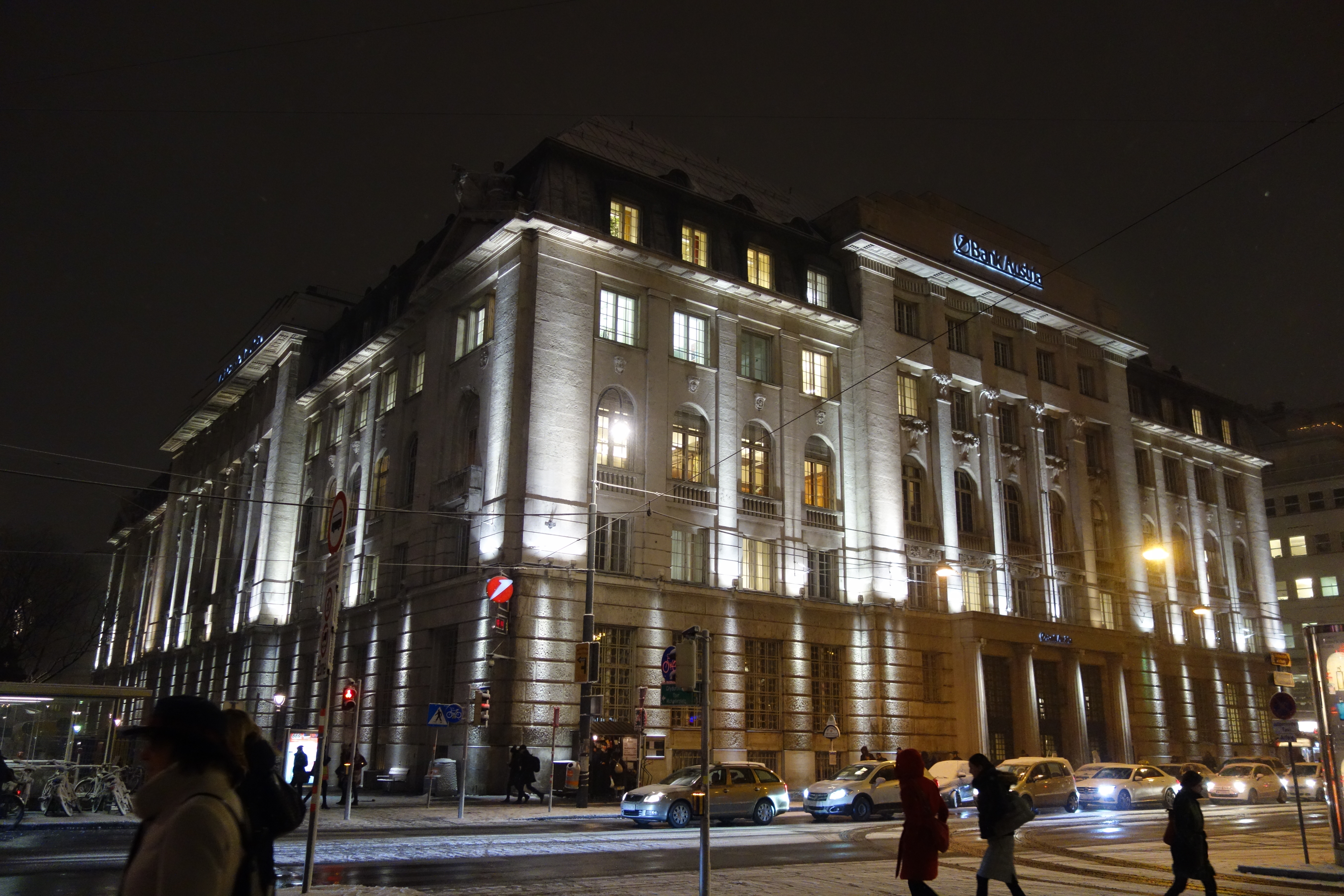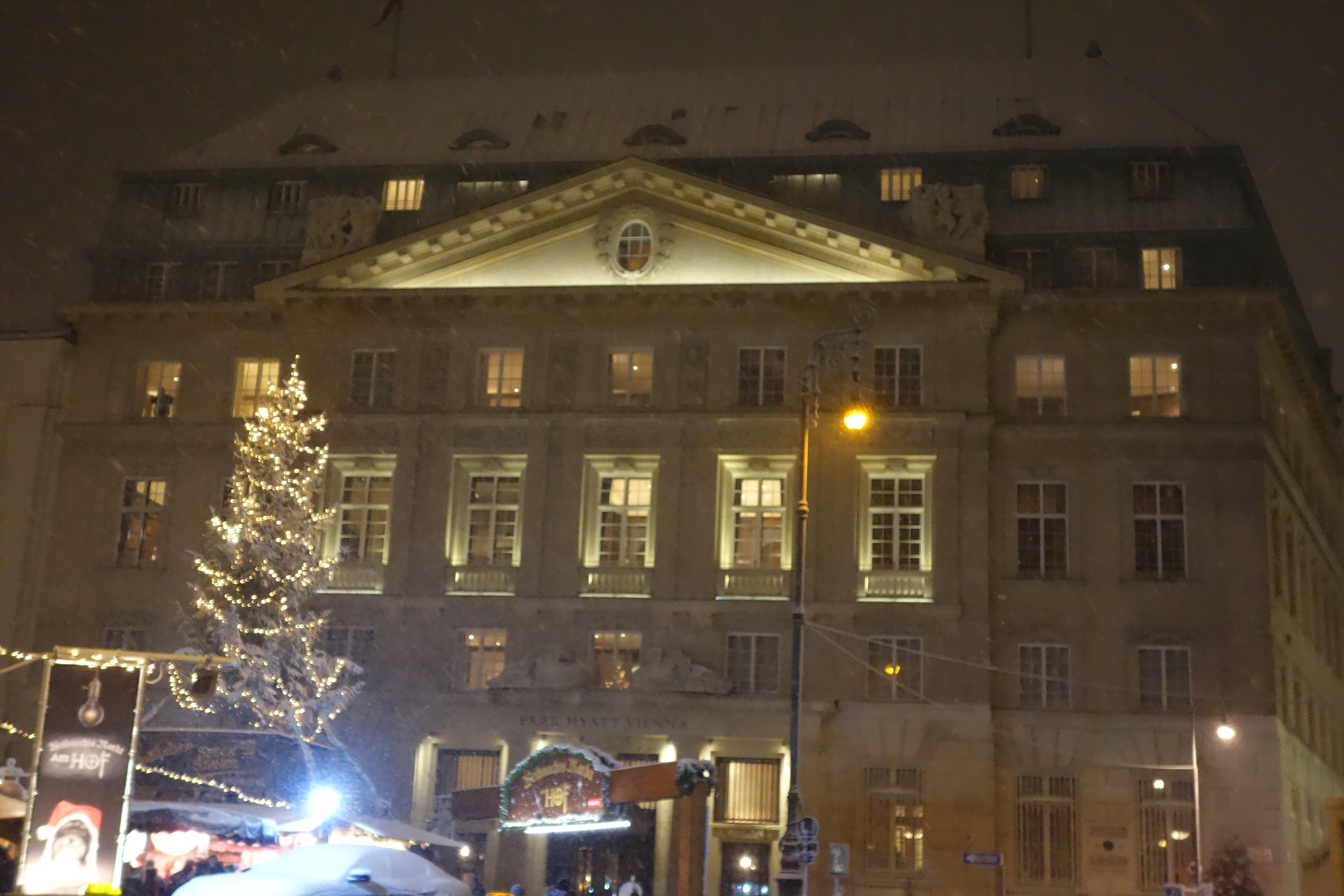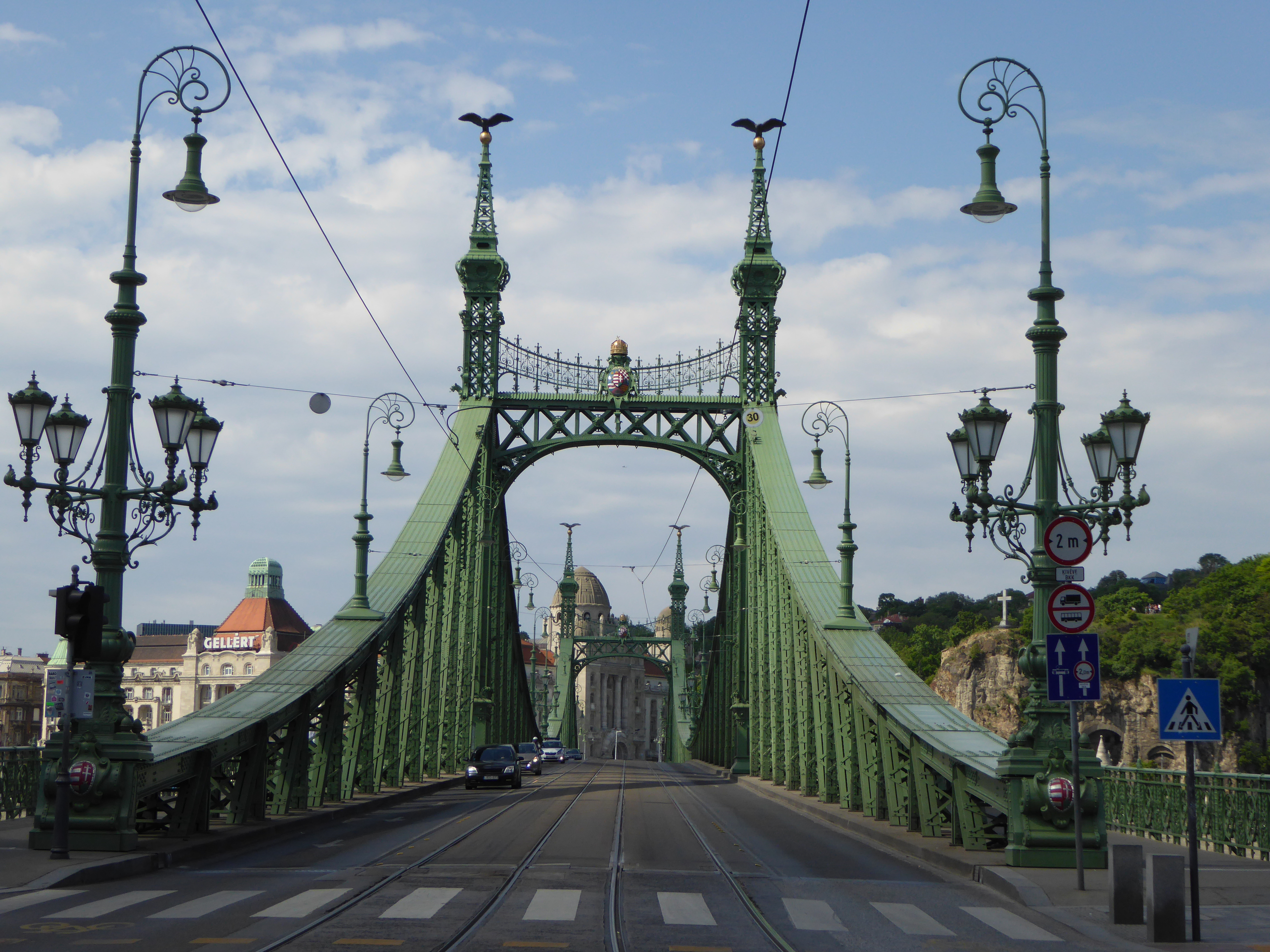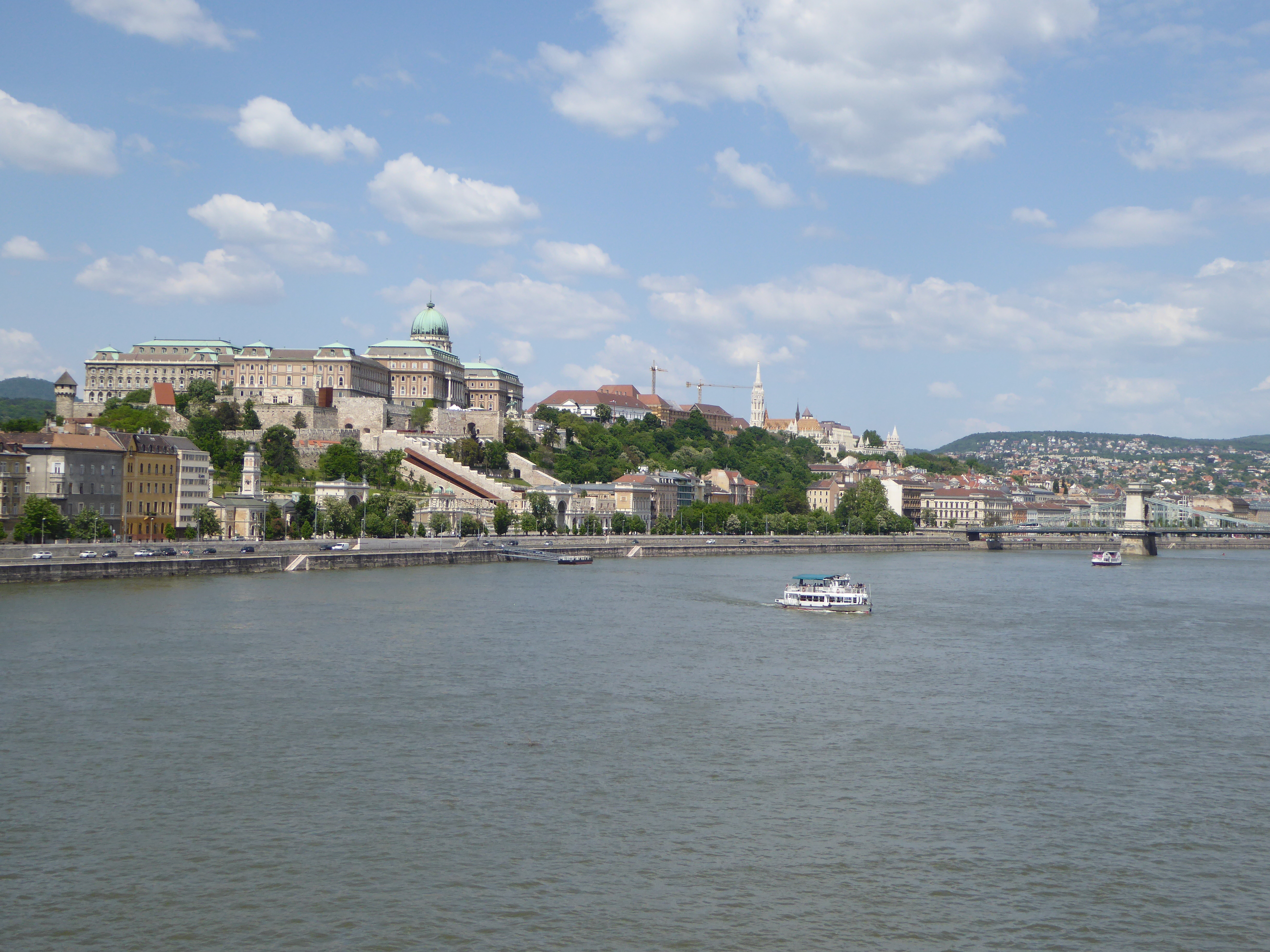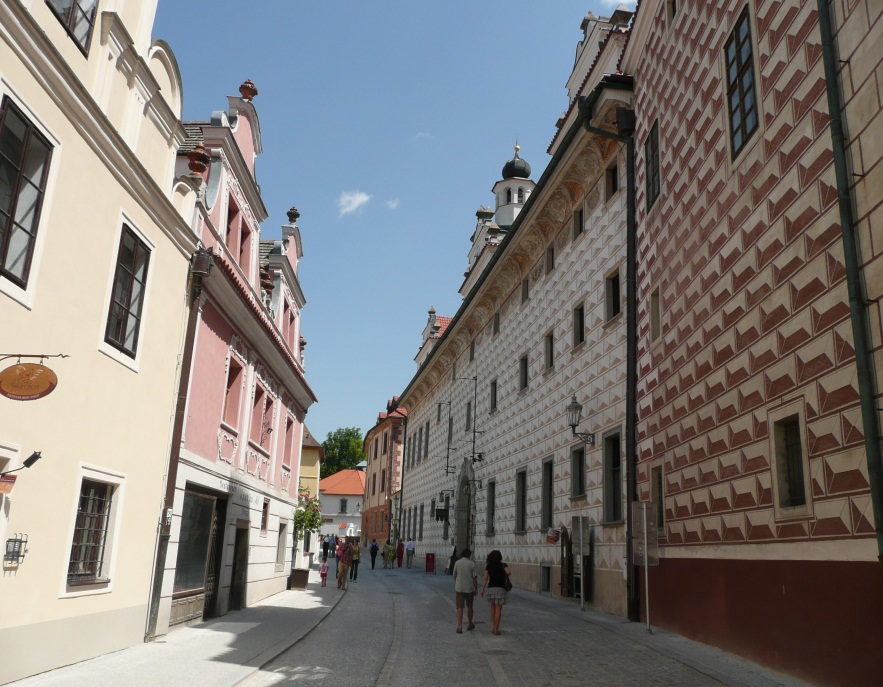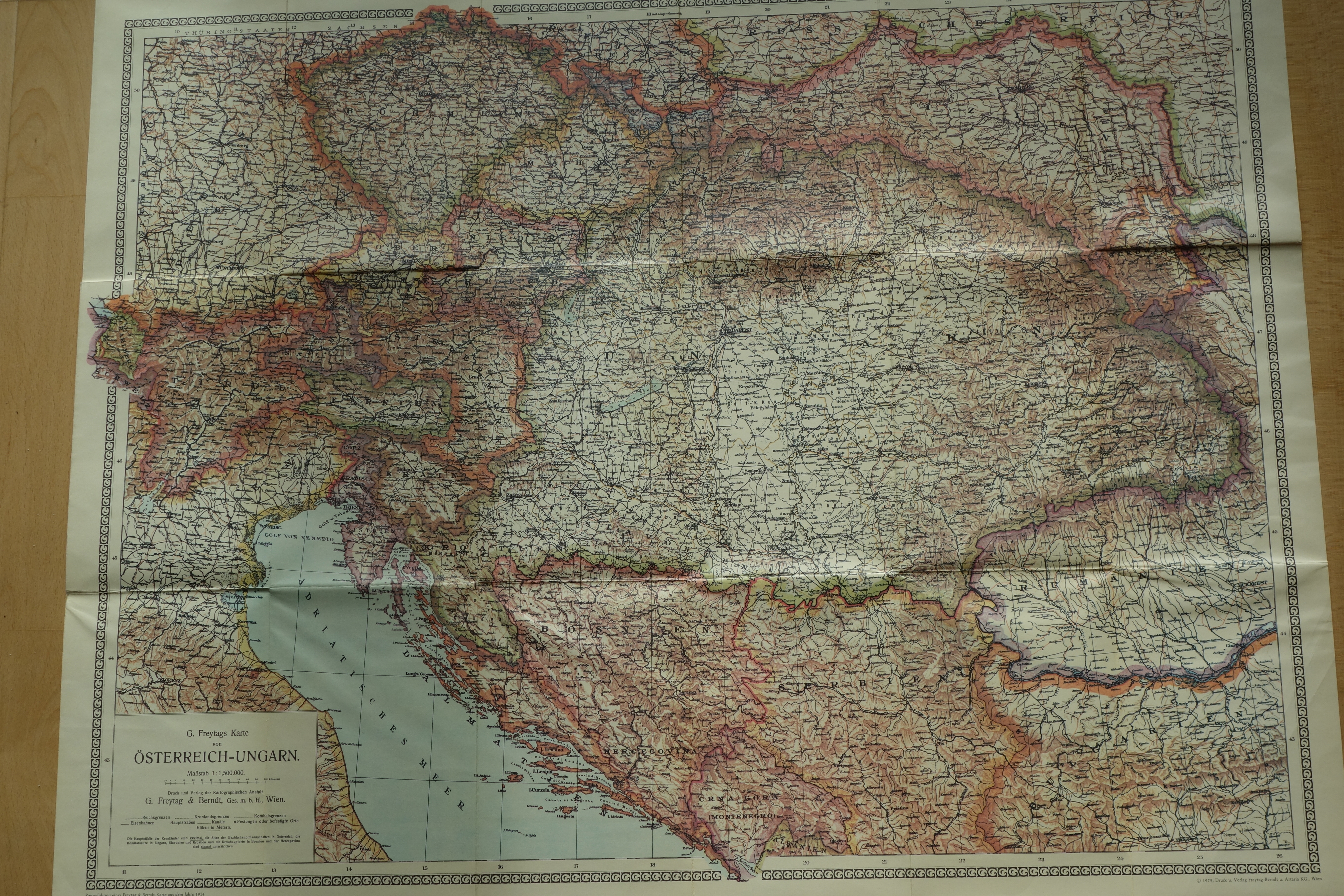INTERNATIONAL INVESTMENT

Palais Ephrussi, family of Austrian bankers (Vienna – the bank opposite the Palais was destroyed in the 2nd World war), architect Theophil Hansen
The Austro-Hungarian Monarchy generally had an export surplus of securities, which means it was a net importer of long-term capital, except during the period 1903-1908. While in 1868 the majority of loans was taken by Amsterdam, Brussels, Frankfurt and Paris, in 1914 Berlin was the most important foreign creditor. Government securities and railway priority bonds constituted the largest categories. In terms of state debts, the Austro-Hungarian Empire was a debtor towards Western and Central Europe and a creditor towards the Balkans together with Germany. Yet compared to Germany and France, the Austrian banks in Serbia and Romania were insignificant, only in Bulgaria were they of importance. After 1878, most of the debts of the Balkan states financed railway construction. While lending for the infrastructural development of backward countries, the empire constructed its own railway network with the help of foreign capital. After 1855, when the railways were sold to private enterprise and the system of guaranteed interest was introduced, foreign capital penetrated the empire’s economy. The mobilier banks provided the needed capital for the railway construction. In Hungary 85 per cent of the railway system was owned and run by the state by 1891, while in the Austrian half of the empire only 55 per cent was run by the state and it owned only 43 per cent in 1897. More than 70 per cent of the railway priority bonds were still in the possession of foreign investors at the beginning of the 20th century.…

